#enclosures
Text
Lauderdale argued that scarcity does not necessarily arise from the exhaustion of natural resources. It is often intentionally created by constructing gates and by forcefully expelling people from the land. In other words, land, water and food are artificially made scarce so that they can function to augment the ‘private riches’ of their owners expressed in monetary terms (as well as the wealth of nation that comprises the sum total of individual riches). The obvious problem here is, as Lauderdale argued, that the increase in private riches is inevitably accompanied by the augmentation of scarcity in a society, that is, the decrease in the free and abundant common public wealth for the majority of the people. As seen in the primitive accumulation of capital, common lands and forests were gated and became inaccessible and scarce for peasants, which increased the misery of the masses and the devastation of the natural environment, while this process of creating artificial scarcity amplified private riches of the few.
While there obviously exists ‘natural’ scarcity of arable lands and available water independently of humans, scarcity under capitalism is different. It is a ‘social’ one. This social scarcity is also an ‘artificial’ one because the richness of social and natural wealth was originally abundant in the sense that they did not possess value and were accessible to members of the community. Scarcity must be created by thoroughly destroying the commons, even if this brings about a disastrous situation for the many in an economic and ecological sense. Lauderdale provided cases where edible products were intentionally thrown away and arable lands were deliberately wasted, so that market supply could be limited in order to keep commodity prices high. Herein manifests the fundamental tension between wealth and the commodity, and this is the ‘paradox of wealth’ that marks the historical peculiarity of the capitalist system.
Kohei Saito, Marx in the Anthropocene: Towards the Idea of Degrowth Communism
80 notes
·
View notes
Text


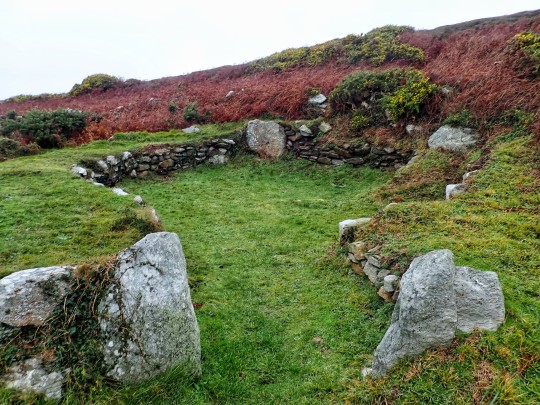

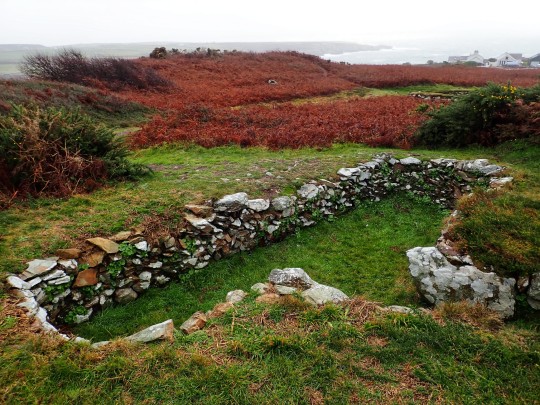
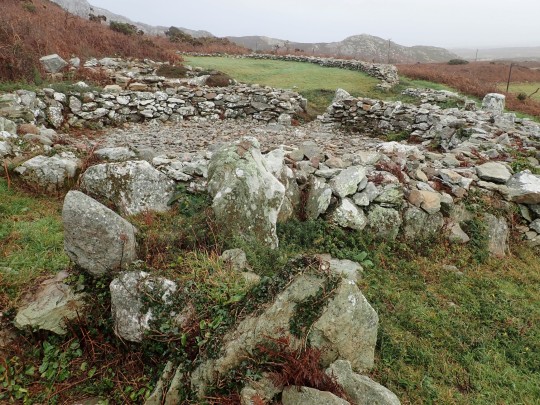


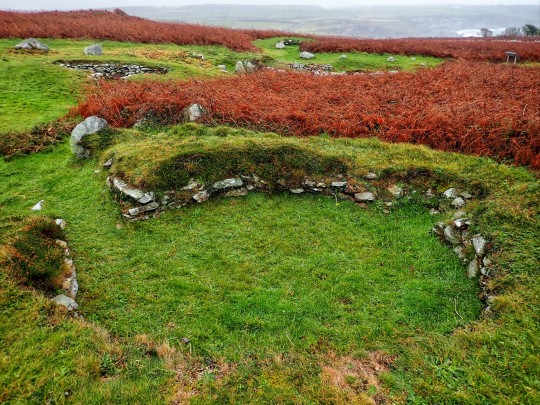
South Stack Prehistoric Hut Circles, South Stack, Holy Island, Anglesey, Wales
#ice age#stone age#bronze age#copper age#iron age#neolithic#mesolithic#calcholithic#paleolithic#prehistoric#prehistory#megalithic#megalith#hut circles#settlement#farmstead#enclosures#roundhouse#tribes#ancient culture#ancient living#prehistoric shelter#archaeology#wales#wild places#landscape#coastal#Anglesey
237 notes
·
View notes
Text

various rather historic enclosure types for effects pedals and footswitches with regard to sandcastable shapes
126 notes
·
View notes
Text

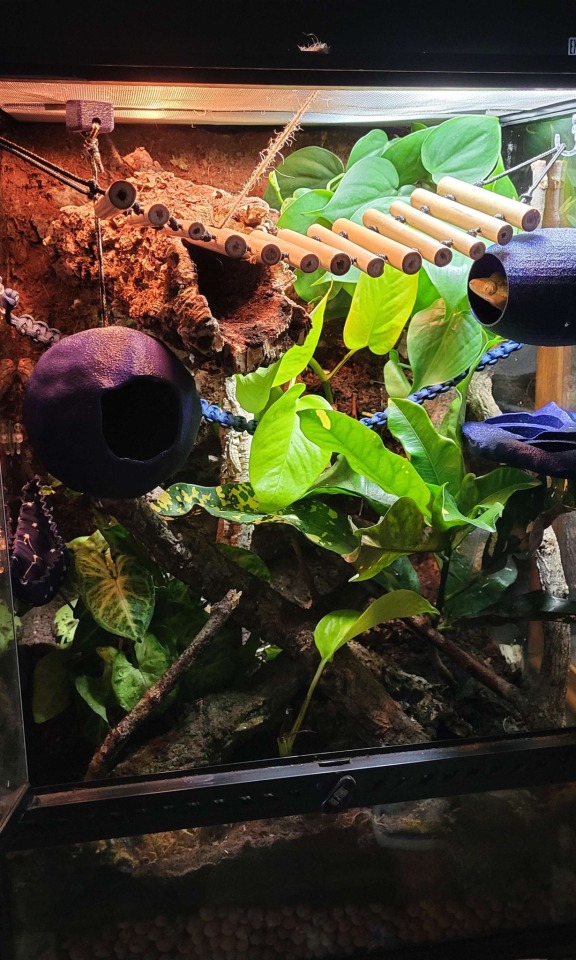
Biscoff got an enclosure upgrade today! He is not impressed yet.
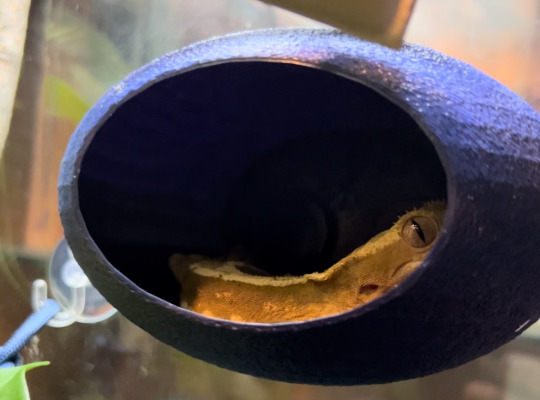
[id: 3 pictures of a newly set up bioactive crested gecko enclosure with lots of green plants and sticks, two blue pods and a hanging cork bark, and the last picture is Biscoff curled up in his sleeping pod]
40 notes
·
View notes
Text
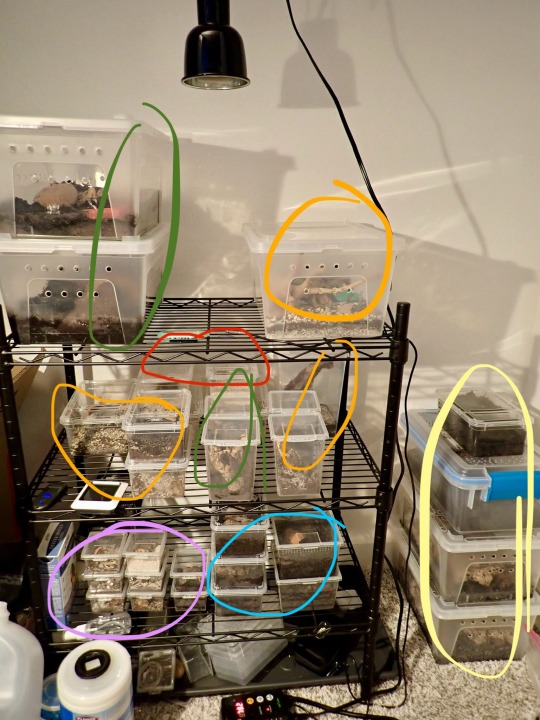
Picture of my set up! Heat lamp is a CHE, and I try to organize them based on climate and temp.
red - desert (78-80F)
green - tropical (78-80F)
orange - american southwest (76-78F)
blue - smaller tropical and temperate (75-77)
purple - 2i babies (75-77F)
yellow - isopods, jerusalem cricket, beetles - (74-76F)
Obviously the temps fluctuate, I have one of those thermometers that gives you the max and min it senses as well as an infrared thermometer to double check different spots.
8 notes
·
View notes
Text
ok lid is finally done, wire topper attached, i've tested it for escapability and rough edges and it should be good!
need to secure the half floor i am adding to the topper, add a ladder to get there, mix in some timothy hay to the bedding, bake my play sand and add it to their bath/toilet, and then look the whole thing over and make sure everything is fun and accessible.
gerbils scheduled for next week!!!
no pics of the progress because i am exhausted from recaulking my baseboards and hunting drafts all week. gotta get it done before the gerbils because i dont want them to be chilled and i cant use caulk around them because of fumes. only one wall left to do. i'll finish tomorrow.
7 notes
·
View notes
Text
I'm reading The Origin of Capitalism; A Longer View by Ellen Meiksins Wood, and something very obvious occurred to me:
In Part I Section I she discusses the works of Karl Polanyi and his objection to Smith's characterization of humanity as naturally "economic": to wit, that not all societies with markets are market-societies and that most non-capitalist societies's markets operated by non-capitalist logic and were subordinated to other economic concerns than profit and need, and it occurred to me:
Capitalism is a system where people require markets to provide their needs, but for that to happen people can't be able to provide for themselves some other way. Shortages HAVE to be created for capitalism to come to exist, and they have to be maintained for producers to compete because, if costumers can provision themselves without the market, they don't have to use it. Famine is a NECESSITY of capitalism.
You don't have to buy what you already have, so people will only rely on markets for the necessities of life if you ensure they can't gain them some other way. I'd always thought of enclosures as a way for rich assholes to steal land and create a workforce for factories but it's more than that; by kicking all those english peasants off their land and destroying their communities(which provided for them before), those early capitalists created the markets for their "scientifically" farmed agricultural goods, and industrially produced textiles, in the first place. More than that: the Engineered Irish Famine of 1845 wasn't JUST an act of atrocious, racist, colonialism; it was enforcing market-discipline.
Capitalist shortages aren't just a way to control price, they're THE way to create market-necessity, "customers", and competition in the first place. Division of Labor won't do this naturally because non-market exchange, and non-necessary markets, are possible. It's coercion all the way down.
#Ellen Meiksins Wood#The Origin of Capitalism; A Longer View#Capitalism#Shortages#Coercion#Markets#Necessity#Politics#The Great Famine of 1845#Enclosures#Forced Scarcity#British Colonialism#History#zA Writes#zA Reads#zA Thinks#zA's Inveterate Politicism
9 notes
·
View notes
Text
The poor men and women who suffered under the poor laws, excludes from the land by enclosures, understood completely what was happening. This ballad, from the sixteenth century, is called 'The Poore Man Paies for All':
Me thought I saw how wealthy men Did grind the poore men's faces,
And greedily did prey on them, Not pittying their cases
They make them toyle and labour sore For wages too-too small.
Even as the mighty fishes still Doe feed upon the lesse;
So rich men, might they have their will, Would on the poore men cess
It is a proverbe old and true –
That weakest goe to th' wall;
Rich men can drink till th' sky looke blue,
But poore men pay for all.
Many ballads like this, sung all around England, referred to an earlier better world, where the elite cared for their household, and even for their community, as their family.
"Normal Women: 900 Years of Making History" - Philippa Gregory
#book quotes#normal women#philippa gregory#nonfiction#poverty#poor laws#exclusion#enclosures#ballad#16th century#the poore man paies for all#greed#england#elite#caring#household#community#family
2 notes
·
View notes
Text
System Integration
Railway Signaling Systems
Power inverters
Controllers for industrial equipment
Medical devices and equipment
Fuel dispensing systems
Telematics modules
Camera and Vision Systems
Sensing and detection systems
#Complete Box Build#Life Cycle Management#Configuration Management#Cabinets#Enclosures#& Rack-Mount Systems#Functional Testing#Electromechanical Assemblies#electronics manufacturing services#electronic manufacturing services#electronic manufacturing services companies#electronics manufacturing services India#electronics manufacturing services chennai#top Ems companies in India#bestEmscompanies in India#EMS#System Integration
2 notes
·
View notes
Text

nVent HOFFMAN Enclosure Solutions for every need. Make fast customizations, increase user convenience, simplify installation, promote electrical safety, and more.
www.balajiswitchgears.com
Mail: [email protected]
2 notes
·
View notes
Text
Commons scholar Peter Linebaugh describes the street in 18th-century England as part of the urban commons: a vital place for sport, theatre, trade and encounter, a space joining producer and consumer, where social and economic life were inextricable. The wave of enclosures in the late 18th century (a large-scale process of privatisation, closing off and fencing in) affected urban infrastructure as well as common lands. The street moved from a place for lingering and negotiations to its primary role as a thoroughfare. Alongside this transformation, Linebaugh notes in his book Stop, Thief! (the meaning of "traffic" changed from commodity exchange to vehicular motion on the roadways linking forever speed, avarice, and congestion?
The term 'traffic still refers to trade, but is now synonymous with illicit and exploitative practices. This slippage in meaning makes me wonder if the removal of trade from the streets, the common and vernacular, might be considered as another fundamental form of enclosure (at least in England, where I write): the separation of the worker from the means of distribution. Something relinquished that could yet be recovered, by changing how we think and act with infrastructure.
Kate Rich, 'Feral Trade, or How I Became a Grocer' in Dark Mountain issue 23, Spring 2023, p.59.
#kate rich#dark mountain#feral trade#street#everyday#commons#uk#streetwriters#busking#trade#enclosures#colonialism#2023
2 notes
·
View notes
Quote
From the 16th century, the European population grew while welfare deteriorated and food access declined. But this must be understood within the context of the emerging capitalist system. Productive capacities that could have been used to meet people’s needs were instead diverted to service elite accumulation. Land that could have been used for food cultivation was enclosed and used for other commercial purposes. Furthermore, capitalist elites seeking to increase the size of their labour force used pro-natalist state policies to prevent women from practicing family planning. Similar considerations pertain to Latin America. Mexican wages fell to subsistence levels in 1800, when the population hit 5 million people. But pre-Hispanic Mexico had a population of up to 18 million people. If in 1800 the land could only support 5 million at bare subsistence, it was because the colonial economy was geared towards elite accumulation rather than local food needs. We should not ignore the relationship between population growth and ecology, but we must not treat these as operating in a social and political vacuum.
Dylan Sullivan and Jason Hickel, Capitalism and extreme poverty: A global analysis of real wages, human height, and mortality since the long 16th century
472 notes
·
View notes
Text


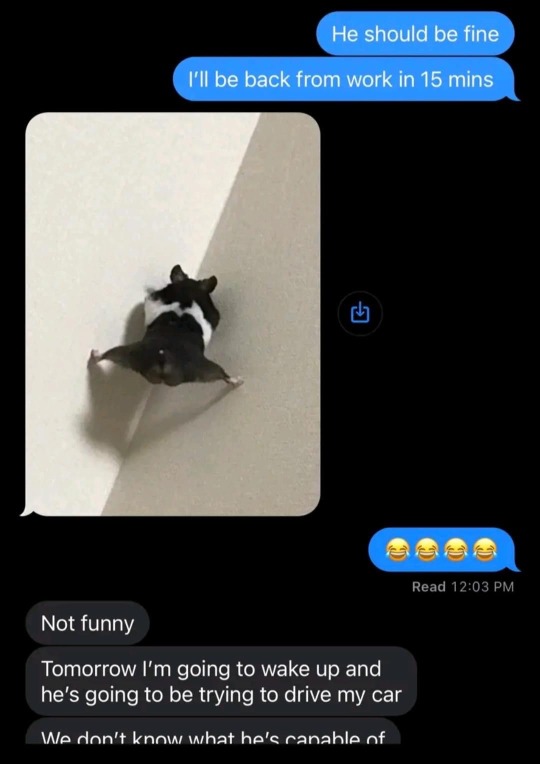
#hamster#memes#meme#cute#funny#cute animals#animals#wholesome#funny memes#hamster meme#hamster memes#ninja#dank#dank meme#dank memes#lol#westerners whining in the tags about his enclosure as if I can do anything about it is hilarious. yaaaaawn dgaf shut up
128K notes
·
View notes
Text
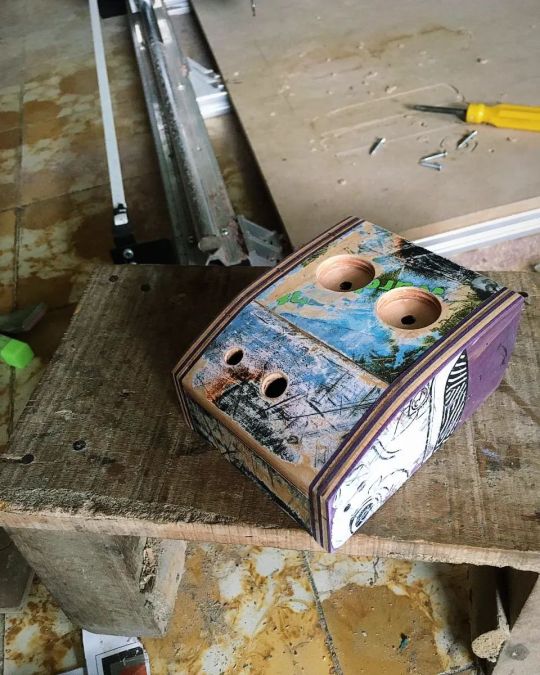

SEHAT effectors - enclosure from recycled skateboards
in collaboration with kalaniwood
cred: instagram.com/sehat_effectors
22 notes
·
View notes
Text
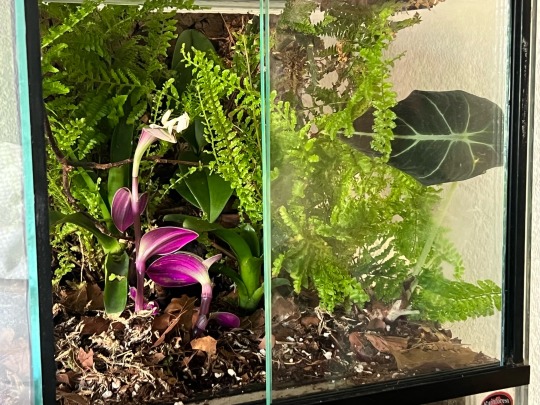


We’ve put Maple in her new house and she’s mindblown 😆
[id: Maple, the white orchid mantis, sat on a flower in her new bioactive enclosure. There are green leaves everywhere and purple flowers]
90 notes
·
View notes
Text
finished! ready for gerbils (:

1 note
·
View note